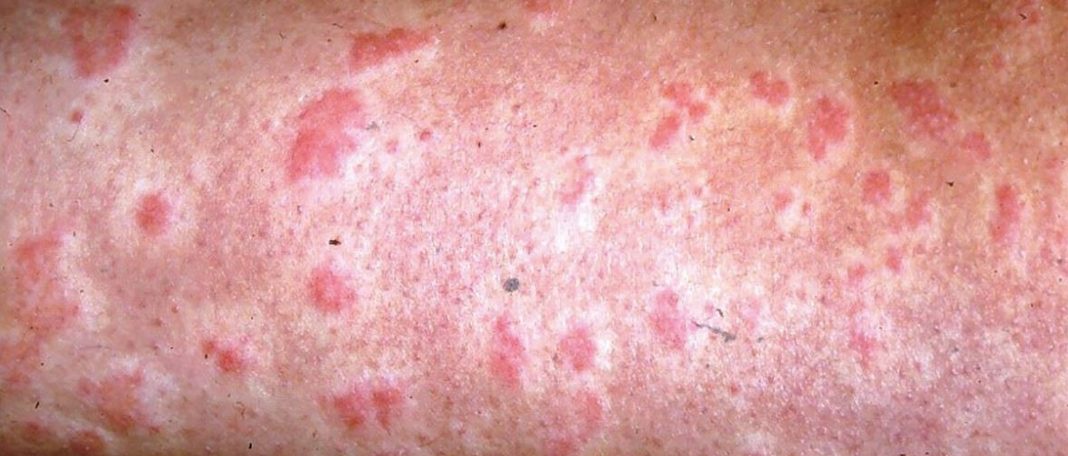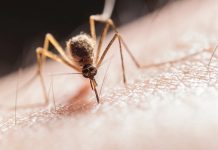Anaphylaxis is a severe life-threatening allergic reaction caused by exposure to an allergen. It can occur within minutes or seconds and can become worse quickly. It is mostly caused by food. Data says nearly one in 50 Americans have anaphylaxis. But researchers believe that one in 20 people might have anaphylaxis. Let’s dive into detail about the causes, stages, and treatment for anaphylaxis.
What is anaphylaxis?
Our body produces antibodies to defend against foreign substances. In some cases, your body doesn’t produce antibodies, so the immune system overreacts and causes allergic reactions to the entire body. This causes anaphylaxis.
What Are the Main Causes of Anaphylaxis?
Anaphylaxis Causes
As said earlier, food allergies are one of the most common causes of anaphylaxis. Here are a few things that cause severe anaphylaxis-
- Peanuts/tree nuts
- Shellfish
- Wheat
- Milk
- Soy
- Sesame
- Medicine
- Insects bites such as wasp and bee
- Latex, a type of rubber
For some people, even the smell of these foods causes allergic reactions.
Anaphylaxis Symptoms
Anaphylaxis symptoms usually occur within a minute of exposure to allergens. It occurs half an hour after exposure to allergens. Allergic reactions usually start in the eyes or face. After a few minutes, it might cause the following-
- Swelling
- Difficulty breathing
- Low blood pressure
- Dizziness
- Nausea/vomiting/ Diarrhea
- Wheezing
- Fast heartbeat
- Anxiety
Types of Anaphylaxis
Anaphylaxis is classified into four types based on its symptoms and reactions.
Uniphase Reaction –This is the most common type of anaphylaxis. Its symptoms peaks 30 minutes after exposure to an allergen.
Biphasic Reaction happens after the recurrence after anaphylaxis mostly happens 1-72 hours after the attack.
Protracted Reaction can last for more than hours, even days, without resolving completely. The protracted reaction is uncommon and is difficult to treat.
Stages of Anaphylaxis
There are no particular stages of anaphylaxis. But if you face difficulty breathing and swallowing, wheezing, coughing, shortness of breath, consult your doctor immediately. Anaphylaxis is the most severe allergic reaction that needs immediate medical attention.
Treatment of Anaphylaxis
Anaphylaxis treatment includes the following-
- Your physician might prescribe epinephrine (adrenaline).
- An oxygen mask to help to breathe
- Beta-Agonist
You might also be asked to be under observation to monitor your treatment and to notice if there are any further reactions.
Prevention
Here are a few tips to prevent anaphylaxis
- Avoid allergen that can be avoided ex. Food.
- Take allergy shots as it lowers the risk of anaphylaxis
- Read food labels before buying or eating
- Apply insect repellent that contains 20 to 30 percent DEET.
- Inform your physician if you have an allergy.
















